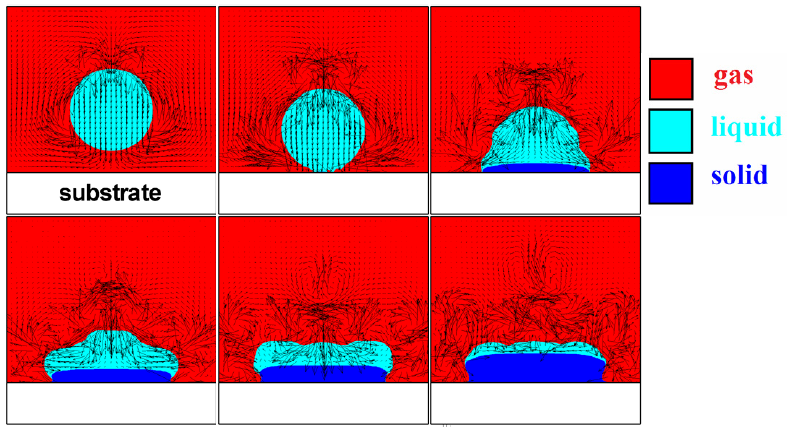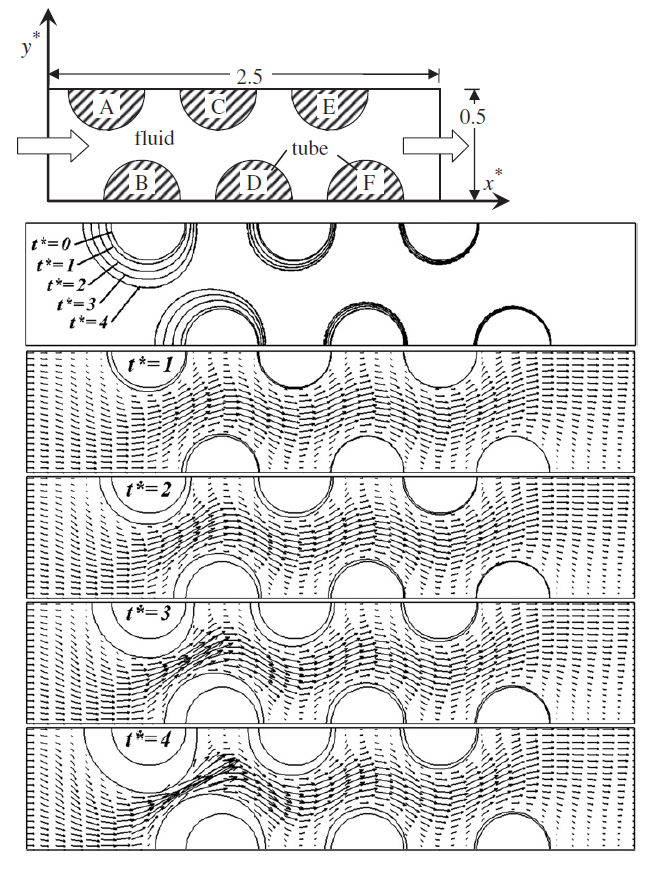Dr Yap Yit Fatt graduated with a PhD from Nanyang Technological University, Singapore, in 2007. He is currently an Associate Professor in Department of Mechanical Engineering, Khalifa University. With focused research interests in development and applications of numerical methods for moving interface problems in heat, mass and momentum transfers, his works include modeling of multiphase flows, phase-change heat transfer and particle erosion/deposition employing fixed mesh finite volume treatment of moving interface via the level-set method, enthalpy method and total concentration approach.

Droplet Dynamics in Droplet Deposition 3D Printing
Droplet Deposition 3D Printing (DD3DP) is a 3D Printing technique where feedstock is melted in a crucible, ejected from a nozzle in the form of small droplets and solidifies immediately upon impact on substrate to form multiple layers of solidified droplets constituting eventually a coherent three-dimensional structure. Droplets impact and their subsequent solidification is a moving boundary problem involving complex interplay between multiphase fluid flow and phase-change heat transfer. The project aims to further develop the knowledge base of droplet dynamics in DD3DP through a combined experimental and modeling study.

Particle deposition with simultaneous erosion of the deposit layer formed is a moving boundary problem found in many engineering applications, e.g. fouling in heat exchanger and asphaltene deposition in oil pipeline. The project aims to develop a numerical model for particle deposition with simultaneous deposit erosion under a given flow condition. For accurate numerical modeling of these combined phenomena, fluid transport, particle transport, particle deposition, deposit erosion, interface transport are fully-coupled and hence need to be accounted for together.